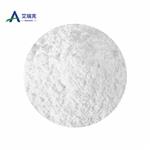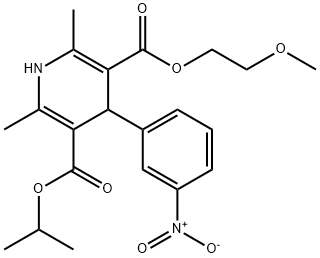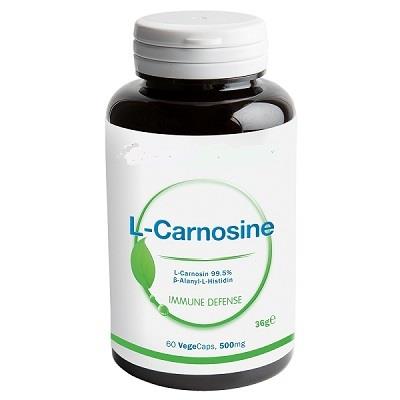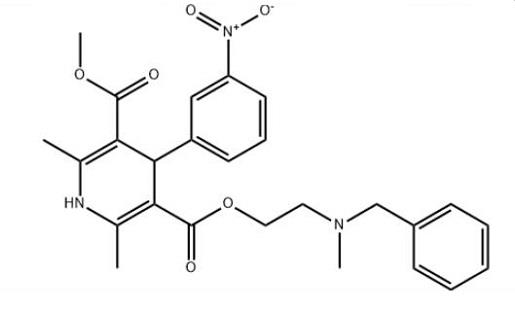Mechanism of action of Nimodipine
Nimodipine is a dihydropyridine-type CCB used as anti-hypertensive agent. Due to its highly lipophilic properties itreadily crosses the blood-brain barrier (BBB), affects auto-regulation of CBF and produces vasodilatation of small cere-bral blood vessels.

Mechanism of action
Nimodipine reduces the severity of neurological outcome after subarachnoidhaemorrhage (SAH) secondary to ruptured aneurysms,probably by decreasing cerebral vasospasm,although thiseffect has not been demonstrated by angiography or tran-scranial Doppler.In addition to itsvascular effects, nimodipine appears to have nootropic prop-erties.There is a high density of nimodipine-binding sites in hippocampus, caudate nucleus and cerebral cortex.
Nimodipine binds to slow L-type calciumreceptors, preventing influx of calcium into vascular smoothmuscle cells and into ischaemic neurones; experimentally,it protects against age-associatedmicrovascular abnormalities in the rat brain.Although a neuroprotective effecthas been postulated in stroke patients, nimodipine showedonly a trend for better outcome when used within the first 12hours of stroke onset.
Trial
A reanalysis of the Scandinavian Trial of Nimodipinein MID showed a beneficial effect intests of attention and psychomotor performance in the sub-group of patients with subcortical small vessel VaD, but notin patients with PSD of the MID type. A pilot open-labeltrial of nimodipine in patients with small vessel VaD waspositive.In this study, subcortical VaDwas defined according to ICD-10 criteria, and inclusion criteria required thepatients to have mild-to-moderate dementia (MMSE12-24,GDS 3-5), as well as CT evidence of extensive leukoara-iosis and at least one lacunar infarct.The primary measureof efficacy was the Sandoz Clinical Assessment - Geriatric(SCAG) scale.
Using similar criteria and outcome measures,a largemulticentre,double-blind,placebo-controlled RCT ofnimodipine in subcortical VaD was conducted in Italy andSpain.Of 242 patients randomized tonimodipine 90 mg/day or placebo, 230 patients (nimodipineN= 12l, placebo N= i09) were included in the intention-to-treat analysis.At 52 weeks, there was no difference in theprimary outcome measure (SCAG scale) between the twogroups.However, patients on nimodipine performed betterthan placebo in lexical production (p <0.01),MMSE (p<0.01) and GDS (p <0.05).
More dropouts and AEs occurredamong the placebo group (cardiovascular and cerebrovas-cular events, and behavioural disturbances requiring inter-vention). The authors concluded that nimodipine offersbenefit in subcortical VaD and might protect against car-diovascular and CVD comorbidities in this high-risk group. A Cochrane review on nimodipine found no convincing evidence for its efficacy inAD, VaD or mixed forms of dementia.
Side-effects
The FDA has classified the side effects into groups based on dosages levels at q4h. For the high dosage group (90 mg) less than 1% of the group experienced adverse conditions including itching, gastrointestinal hemorrhage, thrombocytopenia, neurological deterioration, vomiting, diaphoresis, congestive heart failure, hyponatremia, decreasing platelet count, disseminated intravascular coagulation, deep vein thrombosis.[
);You may like
Lastest Price from Nimodipine manufacturers

US $0.00-0.00/Kg2024-04-09
- CAS:
- 66085-59-4
- Min. Order:
- 1Kg
- Purity:
- 99.9%
- Supply Ability:
- 200tons

US $0.00/KG2024-03-16
- CAS:
- 66085-59-4
- Min. Order:
- 100g
- Purity:
- 98%+
- Supply Ability:
- 100kg


